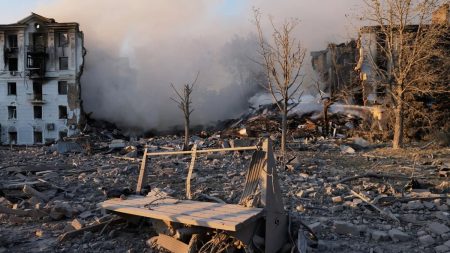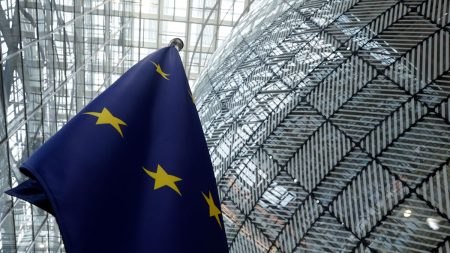The waters surrounding Portugal, including its mainland coast, the Azores, and Madeira, hold a vast, largely untapped underwater archaeological treasure trove. Alexandre Monteiro, a researcher at Nova University in Lisbon, has meticulously compiled a database documenting over 8,620 shipwrecks in these waters, a staggering number that speaks to Portugal’s rich maritime history. This comprehensive record spans centuries, beginning in the 1500s when reliable historical records became accessible. The sheer volume of shipwrecks reflects not only Portugal’s extensive seafaring past but also the treacherous nature of the ocean, highlighting the risks and perils faced by sailors navigating these waters throughout history. Of these thousands of submerged vessels, Monteiro estimates that approximately 250 hold valuable treasures, remnants of bygone eras lying undisturbed beneath the waves. These shipwrecks offer a unique window into the past, promising invaluable insights into trade routes, shipbuilding techniques, and the lives of those who traversed the seas.
Monteiro’s research has meticulously identified the locations of these shipwrecks, providing a detailed breakdown across the different Portuguese maritime regions. His data indicates approximately 7,500 shipwrecks lie along the Portuguese mainland coast, while another 1,000 rest near the Azores archipelago. A further 120 shipwrecks have been identified in the waters surrounding Madeira. This geographical distribution reflects the varying historical maritime activities in these regions, with the mainland coast likely seeing greater traffic due to its proximity to major ports and trade routes. The Azores and Madeira, located further out in the Atlantic, also played significant roles in navigation and trade, albeit with potentially different patterns of ship traffic. The presence of these wrecks underscores the importance of these maritime zones throughout history, serving as crucial hubs for exploration, commerce, and naval activity.
Among the numerous wrecks, Monteiro highlights the Nossa Senhora do Rosário, a Spanish ship that met its fate off the coast of Troia in 1589. His extensive research has unearthed not only the ship’s history but also intimate details such as the name of the captain’s mother. Official records reveal the vessel carried a substantial treasure – 22 tons of gold and silver – making it a particularly enticing target for archaeological exploration. This specific example demonstrates the depth and detail of Monteiro’s research, moving beyond simply locating wrecks to uncovering their narratives and understanding their significance within the broader historical context. The Nossa Senhora do Rosário serves as a compelling illustration of the potential wealth of information and valuable artifacts waiting to be discovered in these underwater time capsules.
Despite the significant historical and potential economic value of these shipwrecks, Monteiro expresses concern over the lack of governmental action to protect these sites. While he has publicly shared his findings, no concrete steps have been taken to ensure the preservation of these underwater cultural heritage sites. He warns that the current lack of a contingency plan leaves these sites vulnerable to accidental damage or looting, particularly in the face of ongoing coastal development and construction projects. The potential for incidental discovery during such projects underscores the urgent need for protective measures to safeguard these invaluable historical resources.
Monteiro’s concern highlights a critical gap in Portugal’s cultural heritage management. The absence of a proactive strategy to protect these shipwrecks poses a significant threat to their long-term preservation. The potential for damage from construction activities, as well as the risk of unauthorized treasure hunting, necessitates the implementation of a comprehensive plan that includes site surveys, protective measures, and protocols for handling discoveries. Such a plan should involve collaboration between government agencies, researchers, and local communities to ensure the responsible management and protection of these underwater archaeological treasures.
While acknowledging the potential risks to these shipwreck sites, Monteiro downplays the immediate threat of treasure hunting. He explains that the majority of the wrecks lie buried beneath layers of sand, offering a natural barrier against unauthorized access and disturbance. This natural protection affords some degree of security, reducing the immediate vulnerability of these sites to looting. However, this natural barrier should not be seen as a substitute for formal protection and management strategies. The long-term preservation of these sites requires proactive measures to ensure their ongoing protection from both natural and human-induced threats. The development of a comprehensive management plan remains crucial to safeguard these invaluable remnants of Portugal’s maritime past for future generations.














